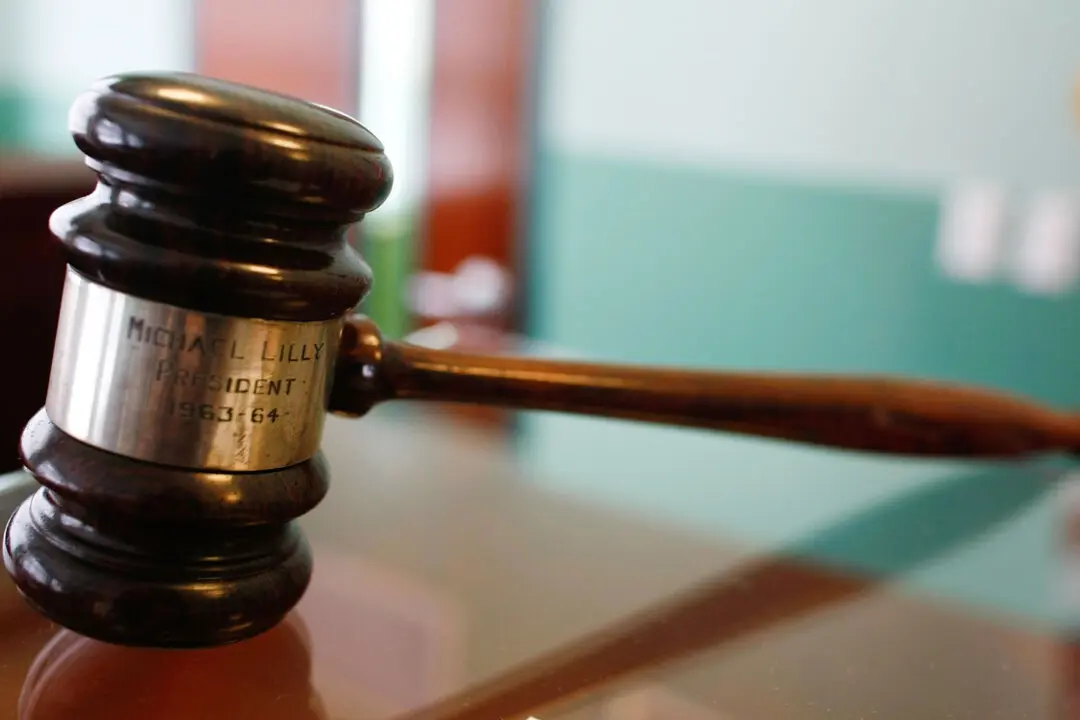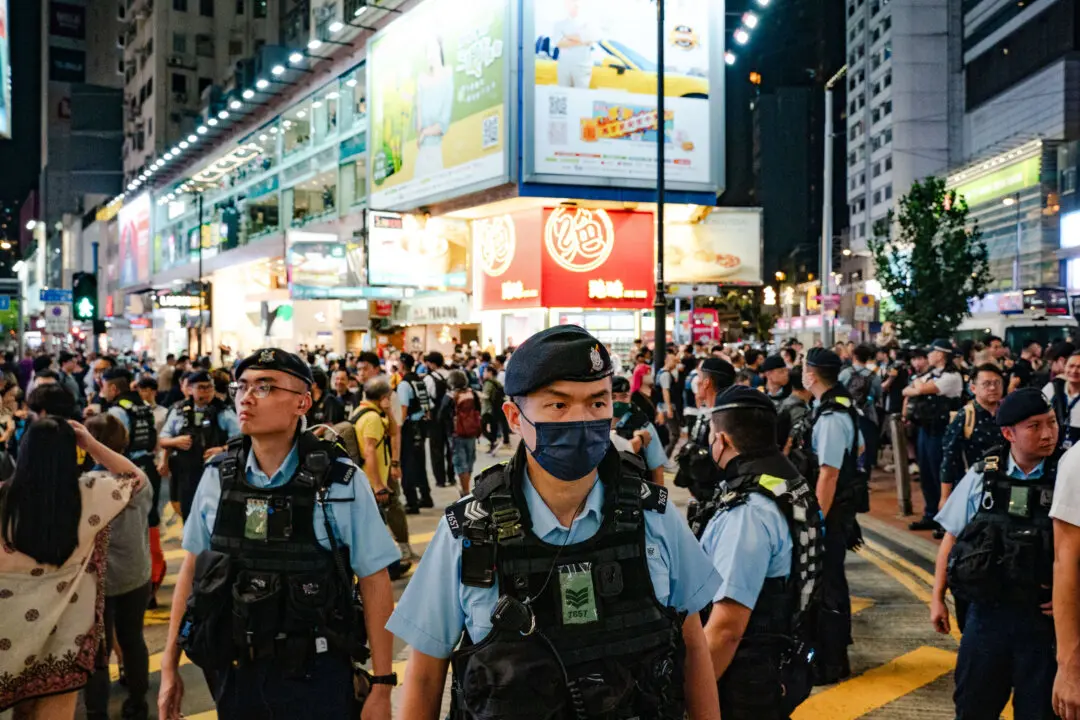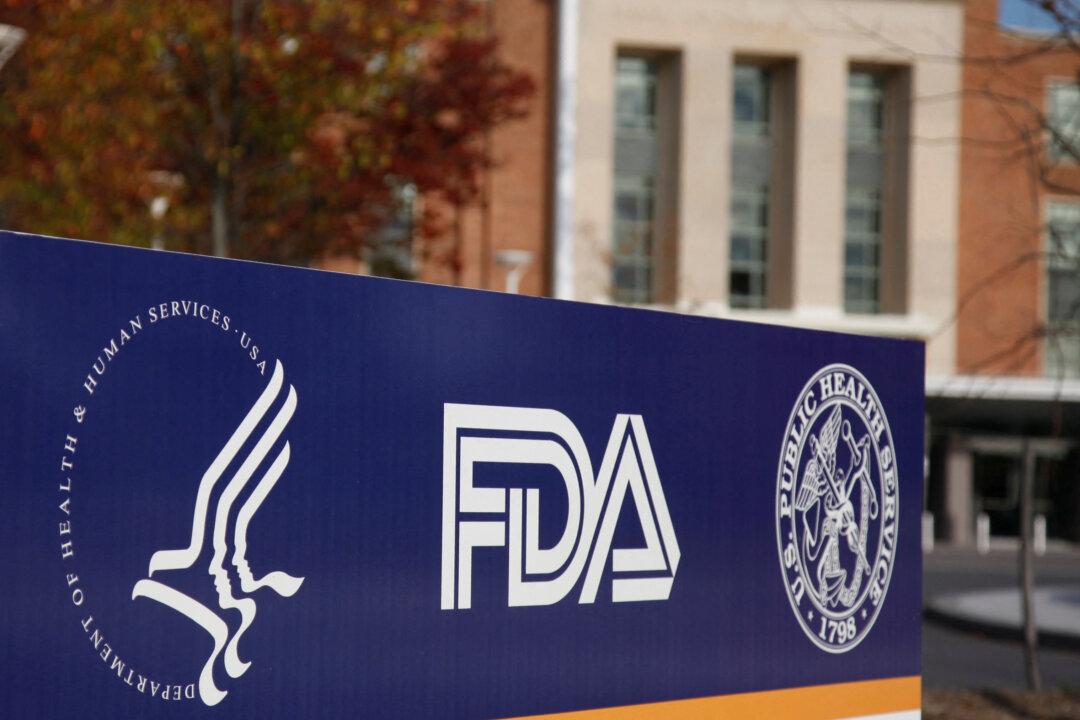New Zealand’s cabinet has agreed to return the Wellington region to Alert Level 1 after the city was moved to Alert Level 2 when an Australian man travelled there from Sydney while potentially infectious with the Delta variant of the CCP virus.
NZ COVID-19 Minister Chris Hipkins said in a press release there had been no cases detected in Wellington, with nearly 2,500 negative results from contacts of the Australian man.





